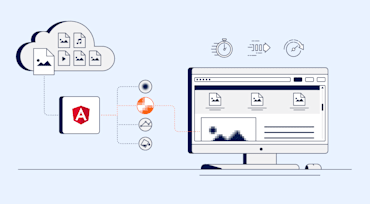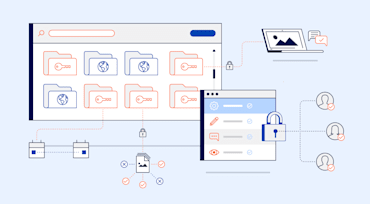You can create animations with HTML5 by combining HTML, CSS, and JavaScript (JS), with which you can build shapes. Also, you can control animations and edit images, video, and audio by means of JS or CSS elements, all of which you then add to a drawing board, which you set up with the <canvas> element.









